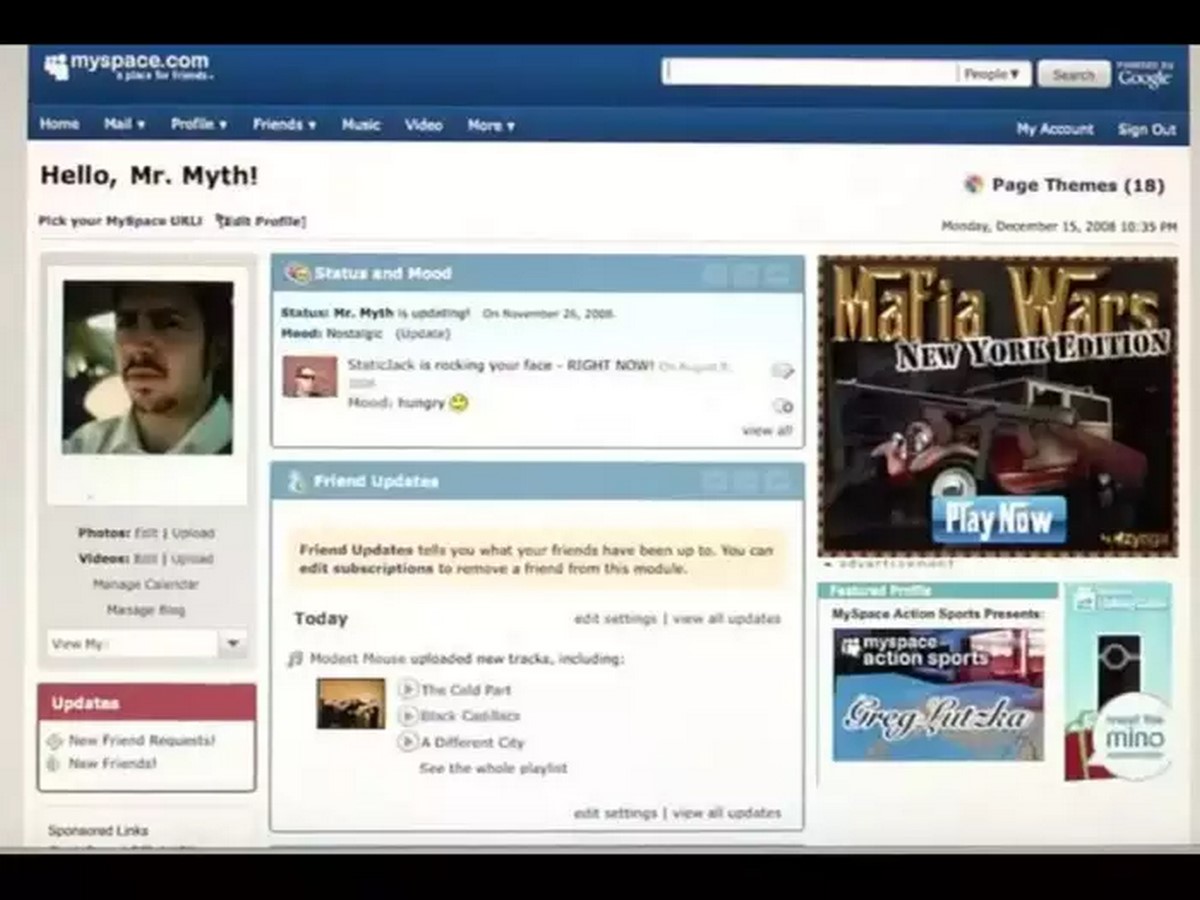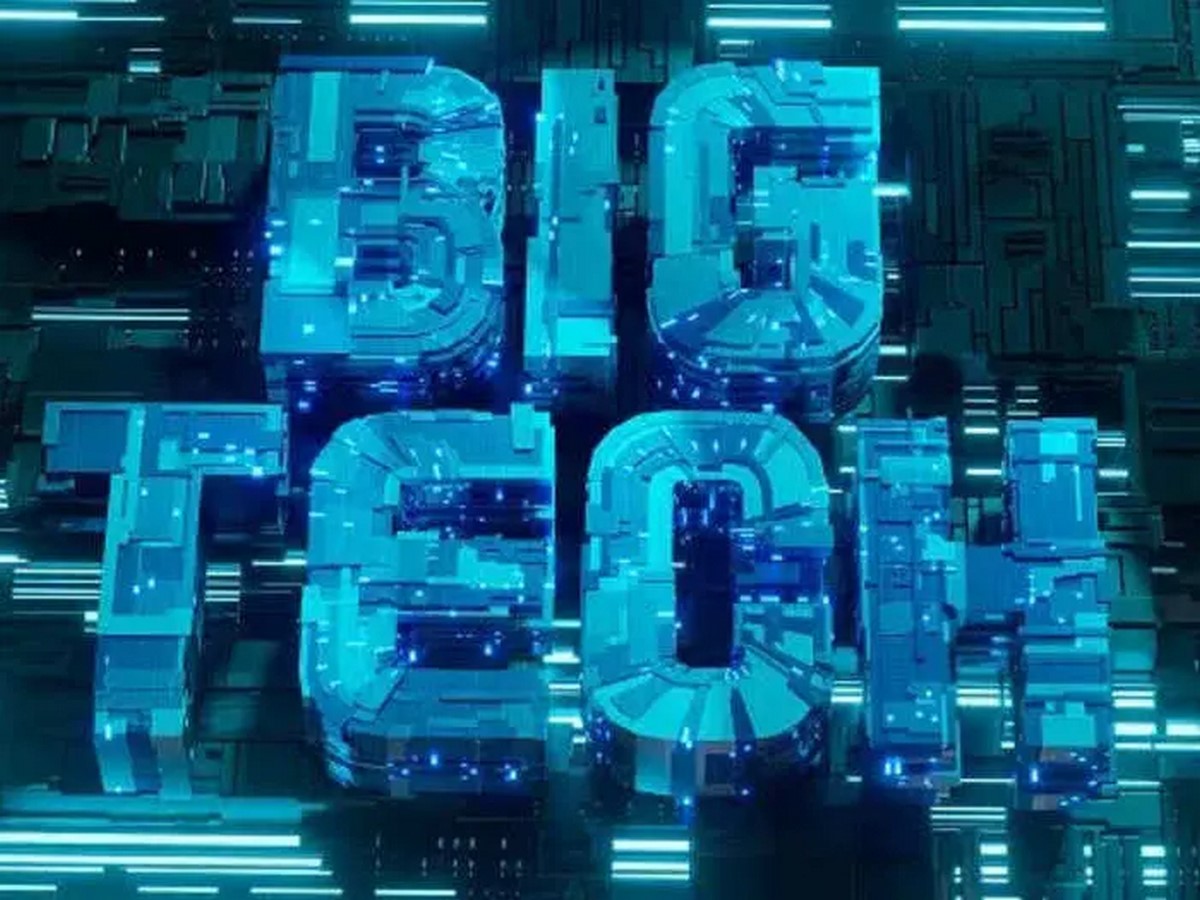As the demand for advanced artificial intelligence (AI) continues to rise, leading tech giants such as Meta, Google, and OpenAI are facing a significant challenge: a dwindling supply of high-quality data to train their AI models. With the depletion of traditional online data sources projected by 2026, these companies are exploring innovative strategies to sustain their AI development efforts. Here’s a glimpse into some of the most imaginative solutions being considered.
Exploring Consumer Data from Google Docs and Other Platforms
Google, known for its vast data repositories, has contemplated leveraging consumer data available across its suite of products, including Google Docs, Sheets, and Slides. Reports suggest that the company’s legal department explored the possibility of expanding data usage policies to incorporate insights from free consumer versions of Google’s productivity tools and even restaurant reviews on Google Maps. While Google updated its privacy policy in 2023, it maintains that there has been no expansion in the types of data utilized for AI training purposes.

Investigating Acquisition Strategies: The Case of Simon & Schuster
At Meta, concerns over diminishing data reserves prompted executives to explore acquisition options as a means of replenishing their data sources. One proposal involved the acquisition of Simon & Schuster, a renowned publishing house recognized for its diverse literary catalog. Discussions centered on the potential value of acquiring licensing rights to new titles, offering a pragmatic approach to augmenting Meta’s data reservoirs.
Exploring Synthetic Data Generation
OpenAI, a pioneer in AI research, has contemplated the generation of synthetic data as an alternative means of training its models. Synthetic data, produced by AI systems, presents a novel approach to circumventing data scarcity issues. However, concerns persist regarding the potential reinforcement of AI biases and limitations inherent in synthetic data training. OpenAI is actively developing methodologies to mitigate these challenges, including employing multiple AI systems to generate and evaluate synthetic data.
Innovative Tools for Data Collection: Whisper by OpenAI
OpenAI’s Whisper, a sophisticated speech recognition tool, offers another avenue for data acquisition. Designed to translate YouTube videos and podcasts, Whisper has become an invaluable resource for collecting large volumes of audio data. Leveraging over one million hours of transcribed YouTube content, Whisper exemplifies OpenAI’s multifaceted approach to data sourcing for its AI systems.

Harnessing Legacy Data from Photobucket
Photobucket, once a dominant player in the online photo hosting space, retains a vast repository of images from bygone social media platforms like Myspace and Friendster. Recognizing the potential value of this archival data, tech companies are reportedly exploring licensing agreements with Photobucket to access its extensive photo database for AI training purposes.
Conclusion: Navigating the Data Drought
As Big Tech grapples with the looming data scarcity crisis, innovative solutions are essential to sustain AI advancements. From exploring unconventional data sources to developing sophisticated data generation tools, tech companies are forging ahead in their quest to overcome data limitations and propel AI innovation into the future. As these endeavors unfold, the intersection of technology and creativity promises to chart new frontiers in AI development, heralding a paradigm shift in the way we harness data to drive technological progress.








